Cialis 5 Mg 2013

My blog from Houston, Texas.В Updated most weeks, usually on Sundays.





On Friday, our school campus was ablaze with red, white and blue.В It was not American red, white and blue.В It was not British red, white and blue.В It was not even Australian red, white and blue.В It was French tricoleur, and the reason for all the color was that we were celebrating Francophonie.
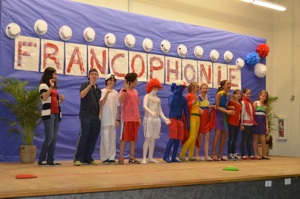
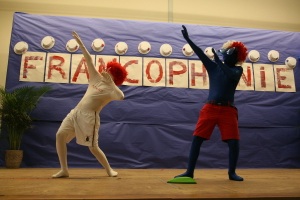

A tangential thought has suddenly sprung into my mind: that list makes me realise how many fascinating places there are in the world that I have yet to visit!
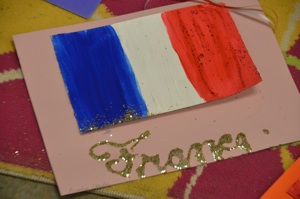

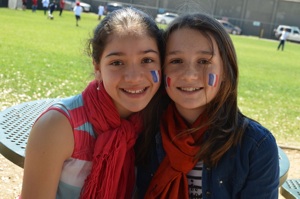

In 1976, the American anthropologist and cross-cultural researcher, Edward T Hall, suggested that culture was like an iceberg, and in doing so, claimed that there are two broad components of culture.В First, he claimed that the external, or surface, culture (which is easily visible) comprises about 10% of the total concept, while the remaining 90%, which is usually hidden below the surface, is internal, or deep, culture.
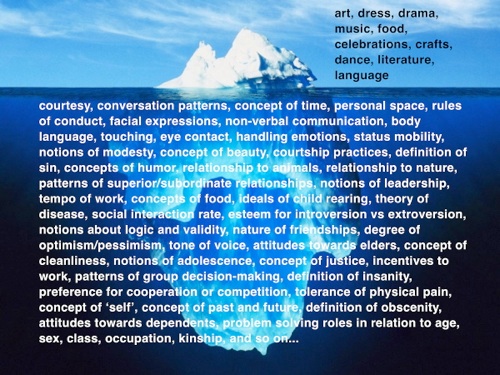
When people first experience contact with other cultures, they usually interact only at the surface level (the visible 10%), which is (to circle back to the metaphor) just the вЂtip of the iceberg’.В Dealing with the visible 10% of another culture makes a relatively low emotional demand, but it remains superficial and fails to engage in deeper understandings, which can require a much more intense emotional load.В В Remaining at the surface level is rarely, if ever, an effective way to develop true international-mindedness.
If we are really concerned to form authentic international-mindedness in our school community, then we must challenge our students to engage with the internal, deep facets of other cultures.В Celebrations such as Francophonie are an important, necessary, highly effective and thoroughly enjoyable beginning, but they are a means to set us on the right pathway; they are not our ultimate destination.
Celebrations certainly play a very valuable role in raising awareness, but they seldom require deep engagement with another culture. Deep engagement comes as students are pushed beyond their comfort zones…… and at this point , I am struggling to encapsulate all the thoughts that are flooding into my head as I write. Let me try and encapsulate my ideas into one single (but very long) sentence.
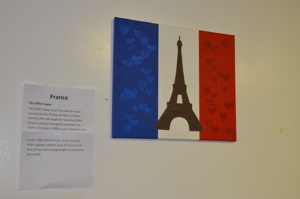
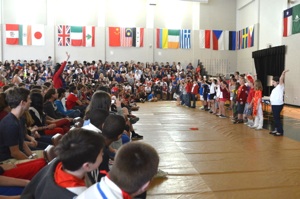
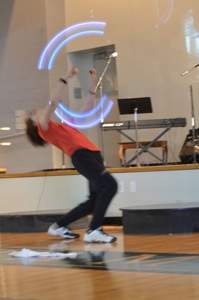
Whew!В I hope that is the longest single sentence I will ever write.В And yet, it is not exhaustive (even if it is exhausting); it is just – to repeat the analogy – a little more than the tip of the iceberg.В Having achieved all the things listed in my long sentence, students will be in a great place to deepen their appreciation of the issues shown beneath the water surface in the iceberg graphic above.В Yet even with all these understandings behind them, I suspect many students – even in our school which is arguably the best international school in the United States – will still have a lot to learn about other cultures in the years after they graduate, which is precisely why we try to instill a genuine passion for life-long learning in each and every one of our students.
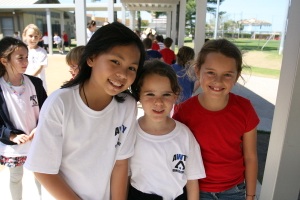
The centrally important challenge for Awty International School today and in the years ahead is to ensure that the explicit rhetoric of this globally-focussed Mission Statement is matched to a supreme level of excellence by the School’s organizational structures and its everyday practices, both in and out of the classroom. The success of all our other priorities such as building projects, capital fundraising, entry to great colleges and universities, academic success, and so on, derive from implementing our Mission with gold-standard excellence. If the school fails in this task in the years ahead, nothing else can compensate.
The key to achieving the lofty goal of our Mission Statement is actually fairly straightforward – we have a daily obligation to advance international-mindedness, thus instilling an appreciation of deep culture.



